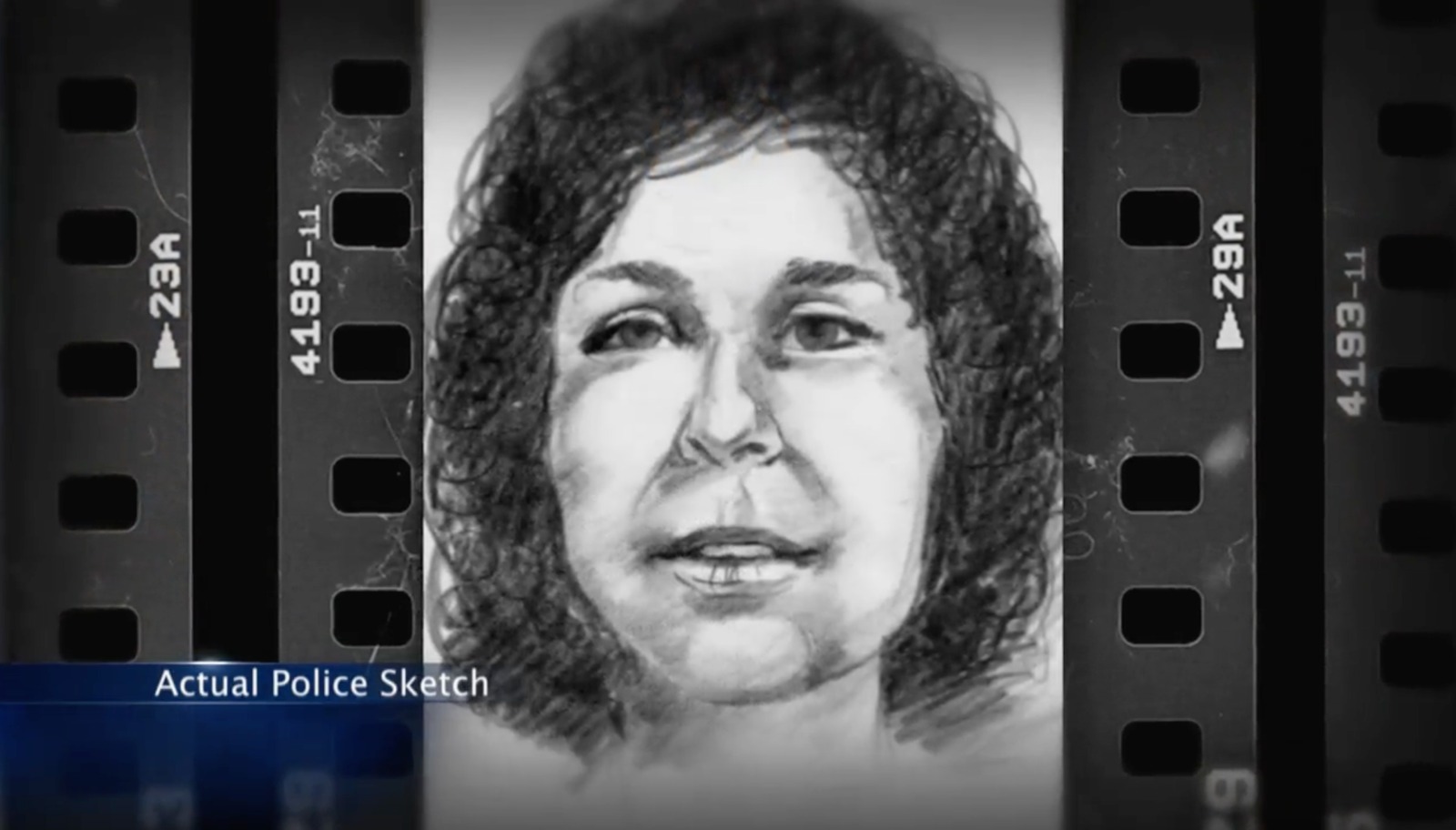Investigation Discovery’s ‘On the Case With Paula Zahn: Justice Frozen’ chronicles how authorities solved the murder of Lina Reyes-Geddes after more than two decades. Her body was found in rural Utah in April 1998, yet it took two decades to confirm it was her because the perpetrator had destroyed all identification marks. It took another couple of years before the authorities found the alleged killer with the help of cutting-edge forensic technology.
How Did Lina Reyes-Geddes Die?
Lina Izaguirre Reyes-Geddes was born in Mexico on August 26, 1960. The 38-year-old disappeared after allegedly leaving on a trip from Youngstown, Ohio, to Dallas and then to Mexico to visit her family in early 1998. She was married then, and her concerned family and husband reported her missing to the authorities. On April 20, 1998, a couple was driving along state Route 276 near Maidenwater Spring — a rural part of Lake Powell — in Utah’s Garfield County when they noticed something strange and called the authorities.

When the police reached the scene, they discovered a sleeping bag wrapped with duct tape and tied with a rope with a body inside. They set up a perimeter and looked for evidence but found no clues except for some tire track impressions. According to the show, the body had been meticulously wrapped and tied with various materials. Agent Brian Davis of the Utah State Bureau of Investigation noted, “It was unusual in the detail and complexity of it.”
The body had been wrapped with a children’s carpet and black plastic with duct tape and tied with rope before being put in the sleeping bag. The medical examiner peeled all the layers to find the corpse itself had also been bound with duct tape and ropes, with the head wrapped tightly with black plastic and grey tape. The knots used to tie the body looked like they had been done by people with sound professional knowledge of knots. Forensic investigators extracted fingerprints from the rope and wrapping material.
The medical examiner noted the victim as a woman between 35 and 45 years old with dark brown wavy hair and brown eyes. She was supposedly of Hispanic or Native American ethnicity. However, the most shocking part was how the body had been frozen “to the core,” indicating it was in an industrial-based freezer for a prolonged period. The victim had no defensive wounds and had not been sexually assaulted. The autopsy report stated a bullet to the back of the head was the cause of death.
The medical examiner found insufficient bullet fragments inside the skull’s base to determine the exact caliber of the weapon used to kill the victim. Nevertheless, the murder weapon was determined to be of a small caliber. The coroner noted she had been shot from behind at a very close range, and the lack of defensive wounds suggested the victim was attacked with the perpetrator creeping behind her. Yet, the most gruesome aspect of the murder was the removal of the fingertips and the amputated thumbs to conceal her identity.
Who Killed Lina Reyes-Geddes?
With almost no leads or even the victim’s identity known, the authorities felt like they were on a wild goose chase. They tried to find witnesses by enlarging the perimeter around the crime scene but found none. Moreover, the police updated the victim’s physical description on the National Missing and Unidentified Persons System (NamUs) database, but there were no matches. Luckily, they had one promising lead within 72 hours of the body’s discovery — a Wayne County deputy arrested an individual for DUI a few miles north of the crime scene.

According to reports, the man spoke incoherently and made several remarks about how his wife “was now in a better place.” Suspicious about his ramblings, the police considered him a suspect and began looking for evidence to tie him to the murder. However, they were surprised to find the individual —Eric — was never seen with any woman, and his statements were hard to substantiate even after the police interviewed several witnesses. He was eventually cleared after his fingerprints did not match the DNA evidence on the wrapping materials.
The case went cold for more than a decade until the Utah State Bureau of Investigation was approached by some FBI agents in 2011. According to Special Agent Jonathan Grusing, they suspected Scott Lee Kimball, a sociopath, and convicted serial killer, as a probable perpetrator in the Maidenwater Victim murder. The FBI noticed several similarities between his modus operandi and this murder. Yet, Scott denied having any knowledge of the crime despite being rigorously interrogated over the years.
The authorities eventually identified the Maidenwater victim in 2018 after law enforcement in Youngstown, Ohio, updated its missing person’s files, including that of Lina Reyes-Geddes. They obtained her picture from the Department of Homeland Security Immigration and Customs Enforcement to update their missing persons’ file. It was the first picture police had ever received of the missing woman. According to the show, one individual masquerading as an online sleuth in California connected the two cases and informed the police in early 2018.

The show explained how the investigators of the Utah State Bureau of Investigation noted Lina and the Maidenwater victim had identical physical traits, including one particular characteristic — a small dark mole toward the top section of the right ear. Still, proving it was difficult since reports showed her husband, Edward Geddes, had died in 2001 while the rest of her family lived in Mexico. Eventually, two of Lina’s family members traveled to the US Consulate in Monterrey, Mexico, to offer DNA swabs and a match was made.
Agent Brian Davis noted where Lina’s family had long suspected the late husband of her disappearance. He said, “And I know it’s not the answer that (her sister) would have wanted when she found her sister … but they had suspected. Quite frankly, their family thought that Edward had done something to her. They just hadn’t proved it. … That was always their hunch.” Eventually, DNA proved that Lina’s sister was correct as they inconclusively proved Edward to be the killer.
Edward Geddes Died by Self-Inflicted Gunshot Wounds
According to the show, a crime scene investigator in West Jordan contacted the Utah State Bureau of Investigation in early 2022. They offered the authorities aid in using a unique technology — a wet vacuum that pulls DNA from more porous items. It helped analyze the rope the killer used to tie up Lina. Law enforcement agencies had tried to gather samples from the rope in the past but could find nothing except the victim’s DNA. Nonetheless, this time they found 117 nanograms of DNA — more than enough to create a suspect profile.
Brian explained, “Technology allows us to get a full DNA profile from just one nanogram of DNA.” Discarding Lina’s and an accidental mix-up of another convict’s DNA profiles, the authorities conclusively found Edward’s DNA in the ropes used to tie up the body. His family members voluntarily offered DNA samples to the authorities. Since Edward was found dead in his Nevada apartment in 2001, the police officially closed Lina’s homicide case in June 2022. As per reports, Edward Geddes died by suicide from self-inflicted gunshot wounds.


You must be logged in to post a comment.